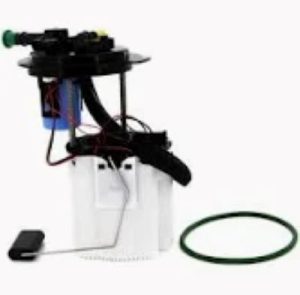So what are steps towards proper fitment, compatibility and the good stuff when installing a high-performance fuel pump? Fuel pump installation will require working in proximity to flammable fuel lines, so we want to disconnect the battery to prevent any potential electrical hazards. High-performance pumps are designed to get performance, so they are usually in the higher output range, usually above 255 lph, depending on the HP needs of the engine. Higher flow support also means support for high-powered engines, which require quick fuel delivery under acceleration and during those lofty high RPMs.
The fuel pump is usually accessed by removing the tank (most pumps sit in the tank, where they get cooled). First, we have to depressurize the fuel system, which is basically releasing the pressure built in the system, so there is no fuel spray when disconnecting the fuel lines. Once the tank is dropped disconnect the fuel lines / electrical connections. In vehicles where the pump is in the tank, the pump assembly is typically held with a locking ring that requires a special tool for removal. Confirm that the high-flow pump being swapped in is the same size as the stock unit and that it can produce pressure (usually measured in psi) similar to what the fuel system can handle.

A history of clean fuel lines and a fresh, well-placed fuel filter are necessary before installing the new pump because high-performance pumps need unclogged roadways for the fuel to travel. Clogged filters reduce pump efficiency and will ultimately lead to premature wear. If you are putting a performance installation together, opt for high-pressure rated and reinforced fuel lines, since the pump will produce a high-pressure content under heavy loads.
After the new Pump is in properly, return the fuel lines and connectors, making sure all the seals are tightly pressed to avoid a fuel leak. We put the fuel tank back on, reconnected the battery, and went for a test drive. When testing, use a fuel pressure gauge to make sure the pump is supplying the right fuel pressure (60–80 psi range for most high performance applications). This pressure sensor tracks because not all driving conditions require the pump to satisfy the demands of the engine, so monitoring is necessary to supply the maximum power and efficiency possible.
When drivers upgrade a vehicle with a high-horsepower fuel pump to prepare it for racing or towing, checking fuel pump flow is one of the most important steps to ensure it meets the engine's new fueling requirements. Ensuring correct setup and compatibility prevents problems with fuel starvation or pressure drops that would compromise engine performance, ensuring use of the fuel pump upgrade provides consistent support under high power outputs.